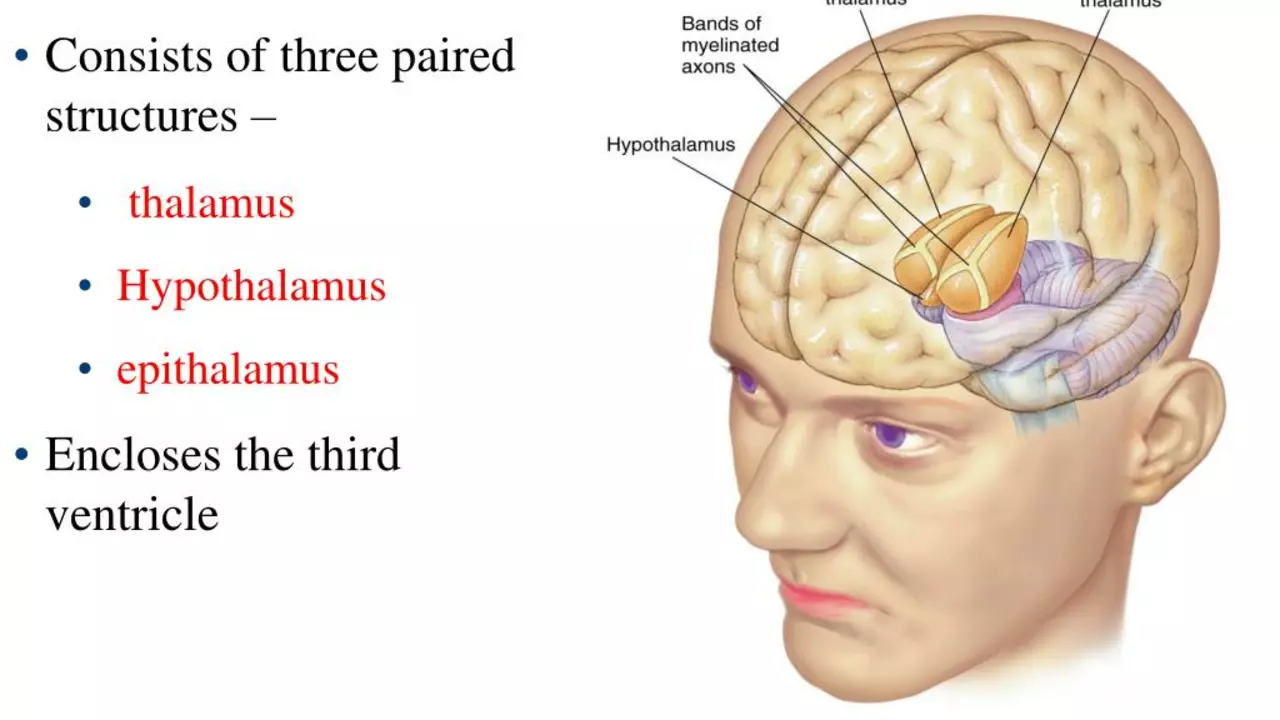Understanding Ethionamide's Role in Treating Tuberculosis
Ethionamide is a second-line drug used in the treatment of tuberculosis, specifically for patients who have developed resistance to first-line medications. As a member of the thioamide class of drugs, ethionamide works by inhibiting the synthesis of mycolic acids, which are essential components of the bacterial cell wall. This disruption in cell wall synthesis ultimately leads to the death of the tuberculosis-causing bacteria, Mycobacterium tuberculosis. In this section, we will explore the importance of ethionamide in treating tuberculosis, its role in managing drug-resistant cases, and the implications of using this medication for patients.
Exploring Ethionamide's Effects on the Central Nervous System
While ethionamide is effective in treating tuberculosis, its potential impact on the central nervous system (CNS) warrants special attention. Some studies have suggested that ethionamide may cause various neurological side effects, including peripheral neuropathy, mood changes, and cognitive impairment. The exact mechanisms behind these adverse effects are not yet fully understood, but it is believed that ethionamide may interfere with the normal functioning of certain enzymes and neurotransmitters in the brain. In this section, we will delve into the potential effects of ethionamide on the CNS and discuss the possible biological mechanisms underlying these effects.
Peripheral Neuropathy: Symptoms and Management
Peripheral neuropathy is a potential side effect of ethionamide and is characterized by damage to the peripheral nerves, which can lead to tingling, numbness, and pain in the hands and feet. This condition can significantly impact a patient's quality of life and may even interfere with their ability to complete daily tasks. The exact cause of peripheral neuropathy in patients taking ethionamide is not yet clear, but it is thought to be related to the drug's interference with the metabolism of vitamin B6. In this subsection, we will discuss the symptoms of peripheral neuropathy, its potential link to ethionamide use, and strategies for managing this condition in affected patients.
Mood Changes and Psychological Effects of Ethionamide
Some patients taking ethionamide have reported experiencing mood changes, including depression and anxiety. The exact cause of these psychological effects is not yet known, but it is thought that ethionamide may alter the balance of certain neurotransmitters in the brain, such as serotonin and dopamine. These neurotransmitters are essential for regulating mood, and any disruption in their function can lead to mood disturbances. In this subsection, we will explore the potential link between ethionamide and mood changes, discuss the possible biological mechanisms behind these effects, and suggest strategies for managing the psychological impact of ethionamide on patients.
Preventing and Managing Ethionamide-Induced CNS Side Effects
Given the potential adverse effects of ethionamide on the CNS, it is crucial for healthcare providers to be aware of these risks and implement strategies to prevent and manage them. This may include regular monitoring of patients for signs of peripheral neuropathy and mood changes, as well as providing appropriate interventions such as vitamin B6 supplementation or adjusting the ethionamide dosage. In this section, we will discuss the importance of vigilant monitoring and early intervention in preventing and managing ethionamide-induced CNS side effects.
Considering the Risk-Benefit Ratio of Ethionamide Treatment
When prescribing ethionamide for the treatment of tuberculosis, healthcare providers must carefully weigh the potential risks and benefits of the medication. While ethionamide is an effective second-line treatment for drug-resistant tuberculosis, its potential impact on the CNS should not be overlooked. In some cases, the risk of ethionamide-induced side effects may outweigh the benefits of the drug, especially in patients with pre-existing neurological conditions or a history of mood disorders. In this section, we will discuss the importance of considering the risk-benefit ratio of ethionamide treatment and explore potential alternative treatment options for patients who may be at a higher risk for CNS side effects.
Future Research on Ethionamide and CNS Effects
Although ethionamide has been used for many years in the treatment of tuberculosis, there is still much to learn about its potential effects on the CNS. Future research should focus on elucidating the biological mechanisms underlying ethionamide-induced neurological and psychiatric side effects, as well as identifying potential strategies for mitigating these effects. In this final section, we will discuss the need for further research in this area, as well as the potential implications of such research for the future of tuberculosis treatment.


Tyler Wolfe
I've seen this drug come up in my clinic and honestly it's a nightmare for some patients. Peripheral neuropathy is no joke.